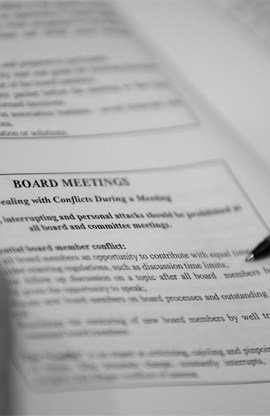When dealing with disruptive people the need for responding in a controlled manner that deals with fact and eliminates emotion is crucial.
Running the board meeting as a business meeting, in a way that is open, fair, adheres to the agenda, is consistent, follows any rules and procedures established for the association and most importantly follows the Arizona Open Meeting law is critical to help prevent disturbances.
A practice that has proven beneficial in calming disruptive people is holding a homeowners’ forum prior to starting the business meeting. It allows owners a specific time to speak and lasting a predetermined time wherein homeowners’ questions, comments and concerns are heard. Establishing written rules of the forum and clearly stating them and providing them as a handout prior to the forum will set ground rules. Establishing an impartial timekeeper with a timer shows fair, consistent and impartial handling of issues. Announce upcoming closure 5 minutes prior to the forum’s closure, this lets everyone know the end is coming.
If an owner repeatedly disrupts the meeting, the president should call a recess for the purpose of restoring order. If there is no change, the disruptive person should be asked to leave the meeting. If disruption continues, the president should consider adjourning the meeting. If there is anticipated trouble, consider hiring an off duty police officer to attend monthly meetings.
If you are being harassed outside of meetings:
1) tell the caller verbally or in writing (keep a copy) to stop calling;
2) keep a journal entry of the date, time and verbiage of calls or encounters;
3) note your verbal or written response;
4) keep all harassing emails. Should board members receive harassing letters or emails, it is important to write a non-threatening return letter demanding that the abusive letter writer cease and desist communication and keep a copy.
If necessary, the association’s attorney can bring closure to these types of harassment.
Board members must stay calm and focused on the facts. Practice good communications skills and plan on a standard of reaction that will diffuse volatile situations. If there is threat of harm to any person, the police should be called. State clearly and repeatedly, verbally or in writing, that harassment is unlawful and will not be tolerated.
